One imagines Marco Polo himself, Venice’s most famous resident, stepping onto the same dock, returned from his adventures on the Silk Road all the way to China, and ready to share one of the world’s first works of travel literature, The Adventures of Marco Polo, with all of Europe.
Since ancient times, the Republic of Venice was governed by a Doge, elected by members of the aristocratic families. The first Doge, Paolo Anafesto, was chosen to manage the city in 697 of the current era. The Palazzo Ducale, home of each successive Doge, was constructed of stone and brick in the Venetian Gothic style in 1340 and served as the seat of government for Venice. Visitors can tour this elegantly ornate and beautifully maintained complex, now a museum. The Palace’s iconic style, with its ground floor arcade with arches supported by columns beneath a second -floor loggia, has inspired countless imitations throughout the world. Part of the Palace faces St. Mark’s Cathedral, and another section overlooks the lagoon. The Doge’s Palace is especially impressive when viewed from the water.
After visiting St. Mark’s, I hope you will save some time to wander aimlessly through Venice, walking with no agenda through the labyrinth of ancient narrow streets, bridges and courtyards, ready for whatever surprise might present itself at any given turn. It is exhilarating to be lost in Venice. Indeed, it is a revelation to feel lost and safe at the same time. How many Americans would relish the thought of being lost on foot in the middle of New York City, Chicago or Los Angeles?
The cuisine of Venice draws on the entire country of Italy for inspiration although seafood of course is in the forefront. Other popular foods in Venice include fresh vegetables from the countryside, rice, polenta, antipasti and the popular sweet wine, prosecco. I mentioned and provided a recipe for Tiramisu in last month’s blog (June 2018) on Milan. This modern Italian dessert comes from the Veneto region where Venice is located.
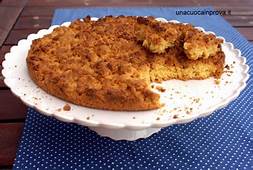
(Italian Crumb Cake)
I have seen recipes for Fregolotta that call for the inclusion of dried cranberries and mini chocolate chips. Though this may produce a very tasty cake, I prefer the more traditional version that relies on almonds for its primary flavor and texture.
- 1 ½ cups whole almonds, toasted
- 1 cup (2 sticks) unsalted butter, at room temperature
- ¼ cup white sugar
- ½ cup brown sugar, packed
- 1 teaspoon pure vanilla extract
- ¼ teaspoon almond extract
- 2 large egg yolks, at room temperature
- 1 cup flour
- ¼ cup polenta or finely ground corn meal
- 1 teaspoon ground cinnamon
- ¼ teaspoon salt
- Powdered sugar for dusting
- Cooking spray for preparing the pan
Preheat oven to 350 degrees F
Special equipment: large foil covered baking sheet, 9” springform pan, lined with parchment, food processor, medium sized mixing bowl, fork, flour sifter or sieve, wire rack, rubber spatula, sharp knife
Makes: 8-16 servings
- Toast 1 ½ cups whole almonds in the pre-heated oven on a foil-lined baking sheet for 10 minutes. Cool the sheet on a wire rack. Spray a 9” springform pan with cooking spray, cut a circle to parchment to fit the bottom of the pan, and spray the parchment in the pan with cooking spray. Set aside.
- Reserve ½ cup of whole almonds and place 1 cup of the cooled almonds in a food processor and pulse until they are very finely chopped. Transfer the chopped almonds to a medium sized mixing bowl and sift the flour, polenta, cinnamon and salt over the almonds. Stir with a fork to combine.
- Place the butter, brown sugar and white sugar in the food processor (no need to clean it after processing the almonds.) Process until the mixture is very light and fluffy. Add the egg yolks and pulse until well combined. Add the vanilla and almond extract and pulse briefly until the flavorings are incorporated
- Add the chopped almonds and dry ingredients mixture to the food processor and pulse until no flour is visible. Transfer the batter to the prepared pan and smooth the top with a rubber spatula. Press the remaining whole almonds evenly over the top of the batter.
- Bake for 35 minutes. Cool on a wire rack for 5 minutes and cut into wedges with a sharp knife (or simply break the cookie into chunks.) Cool completely and sift powdered sugar over the top before serving.


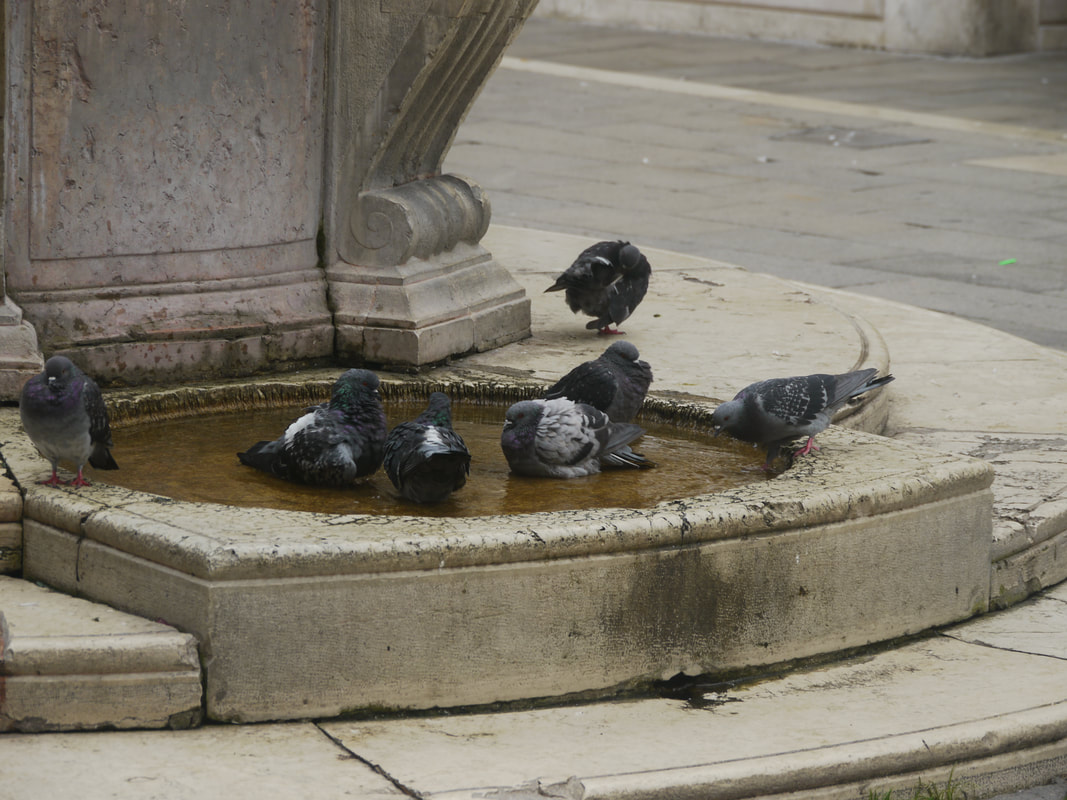
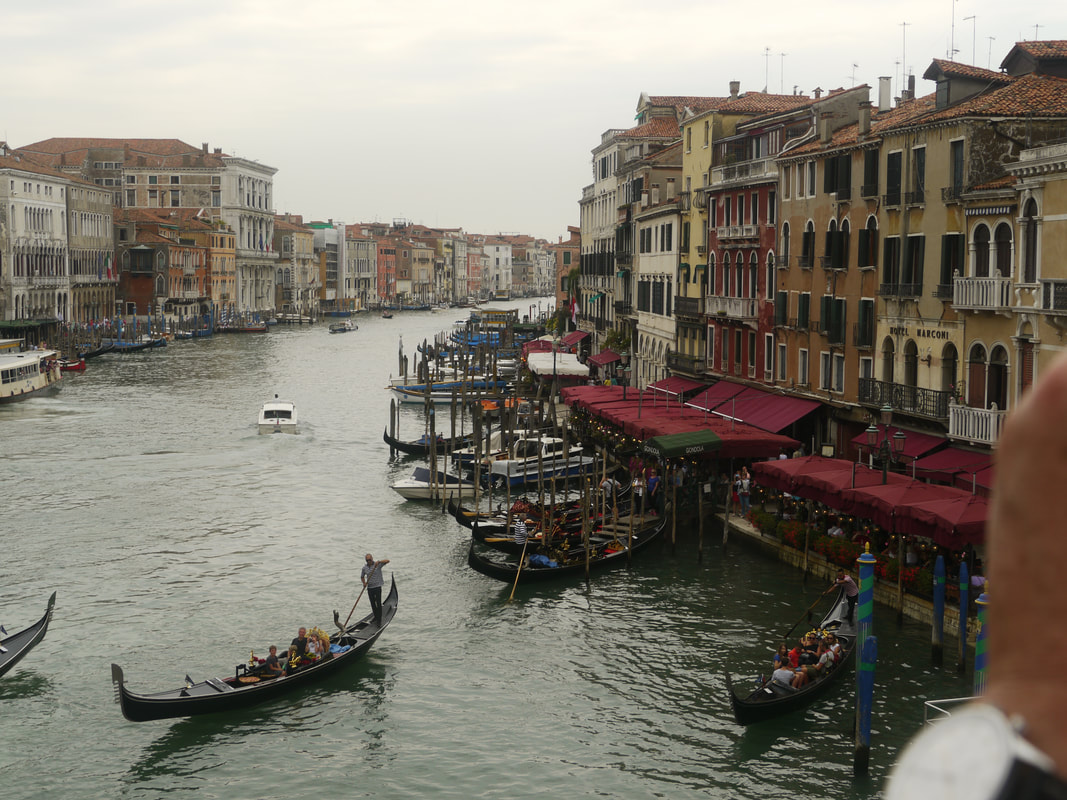
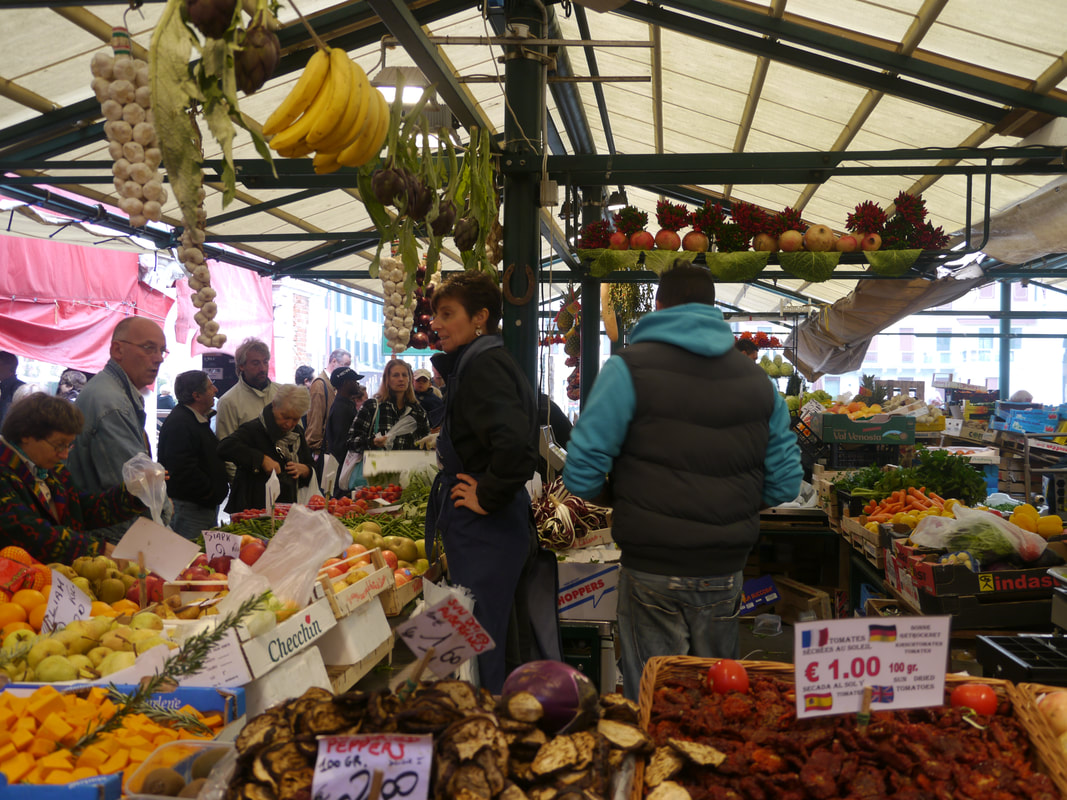
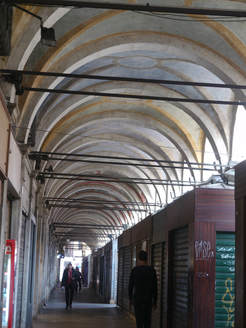
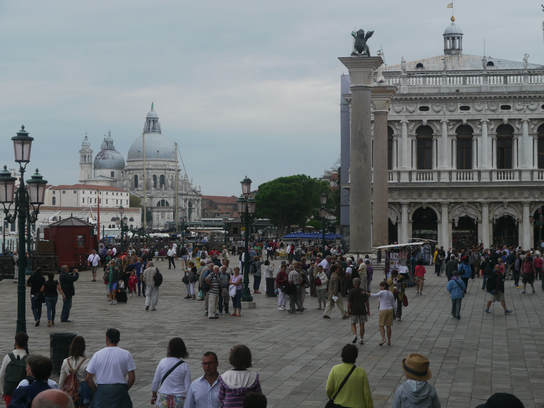
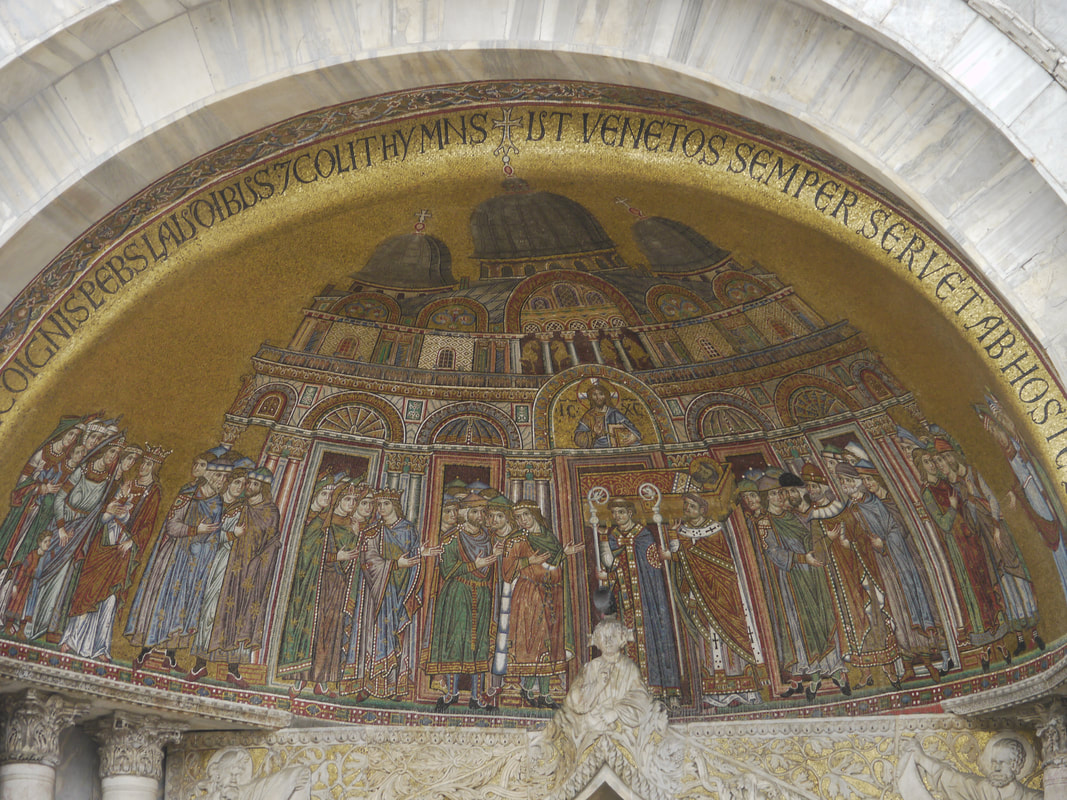

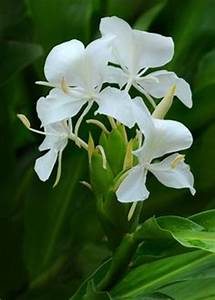
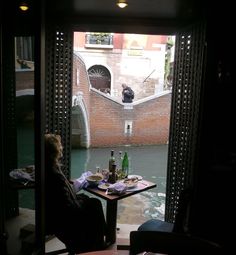
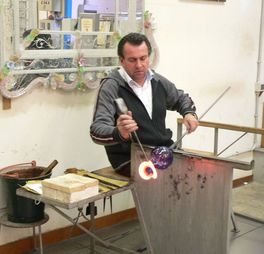


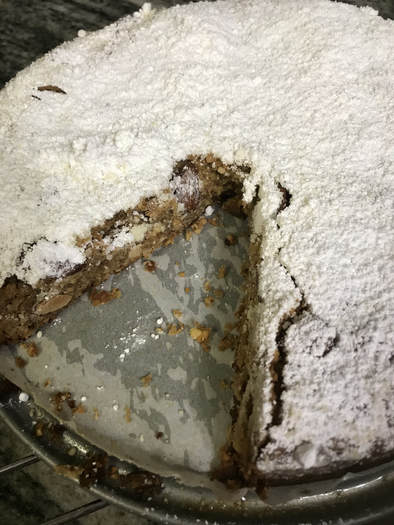
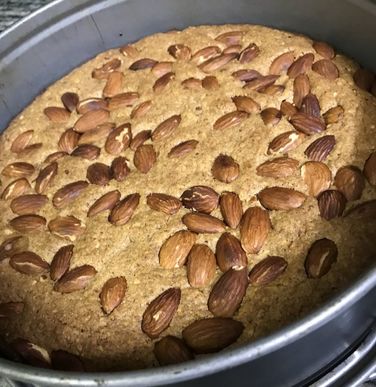
 RSS Feed
RSS Feed